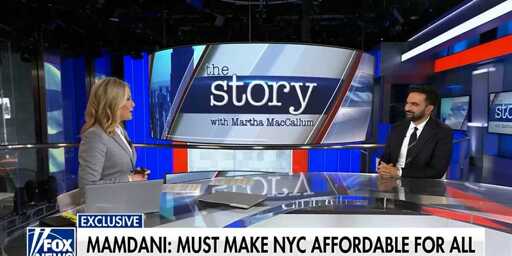What Mamdani is really testing is whether Democrats can still generate attention through conflict on their own terms. The modern political media landscape only amplifies what bleeds—culture wars, celebrity-like feuds—while ignoring the conflicts that actually define people’s lives: rent that keeps rising, child care that drains a paycheck, transit that doesn’t come. Most Democrats, wary of being cast as divisive, retreat from confrontation altogether or get pulled into the wrong fights.
Mamdani understands that attention is produced through conflict, and that the answer is not to avoid it but to redirect it. He builds it around affordability—who pays, who benefits, and how power works—making economic struggle visible and emotionally legible. For him, conflict isn’t a distraction from governing; it’s the entry point for persuasion. The goal is not to perform anger but to focus it, to remind people that politics can still change the price of the things that govern their days.
Mamdani’s appeal has little to do with just his youthful vibe. It lies in his answer to two questions the party keeps ducking. Can a Democrat hold attention without turning into a caricature? And once attention is captured, can it be used to make politics legible as a system that changes what people pay and how they live? His method blends traditions that rarely coexist: Sanders’s moral clarity, Ocasio-Cortez’s digital and movement cadence, the “abundance” instinct to build and unblock, the grounded competence of effective executives, and the narrative craft of cultural workers who know how to reach an audience. The point is not style for its own sake. It is persuasion as craft—showing that Democrats can hold the stage on the economy again, speak plainly about power, and still mean what they say.
Fantastic write up. Taking notes!



